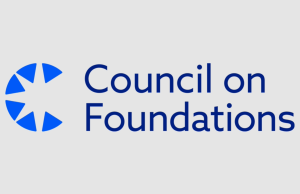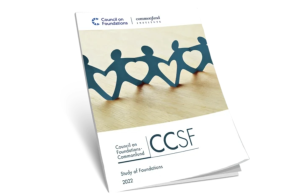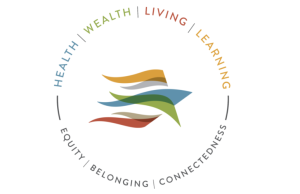Arts and culture nonprofits in the United States with annual budgets of more than $50,000 are facing a $12.4 billion revenue shortfall due to Covid-19-based interruptions. Despite reduced payroll expenses, and cuts to non-personnel expenses, these 35,000 organizations will still have a bottom-line deficit of $6.8 billion.
According to a report from Southern Methodist University’s SMU DataArts and TRG Arts, the figures are based on surveys about closures, layoffs and impact to date. It assumes most organizations will resume activity by October 1, albeit with restrictions on the number of people allowed to gather. The projections also assume that March through May 2020 represents the worst of the pandemic’s economic impact. That said, many organizations have cancelled their summer programs and some have nixed their programs through spring 2021.
The report compares the current situation to the 2007-2008 Great Recession, which had a lasting negative impact on working capital, subscriptions, attendance and corporate giving. But the recession was purely economic: there was no immunological prohibition against group gatherings.
Short term, organizations with lower fixed costs, adaptive capabilities, cash reserves, strong community ties and healthy relationships with a base of repeat customers will be in the best position to revive, according to the study’s authors.
As organizations communicate with their donors, they should keep in mind what is important to those donors – aiding a cause itself, not the organization that supports the cause. Effective messaging emphasizes how an organization will leverage its assets and contacts to help the community it serves.
If possible, arts organizations should be part of the comfort efforts. Offerings can include pro bono video tours, remote concerts and musical telegrams (or messages of good wishes) from performers to essential workers and patients.
Post-Covid revenue strategies include segmenting the audience and creating smaller, targeted events, hosting digital education programs, with different levels of participation for paid and unpaid enrollees and creating gated online content with access available only to donors, members and subscribers.
Even without in-person events, these interactions can help build a sustaining membership. The report cites a study showing patrons who have contributed financially to an organization at least three times, including at least once during the past 18 months, are prime candidates to become sustaining members.
The full report is available here: https://culturaldata.org/pages/long-haul/









